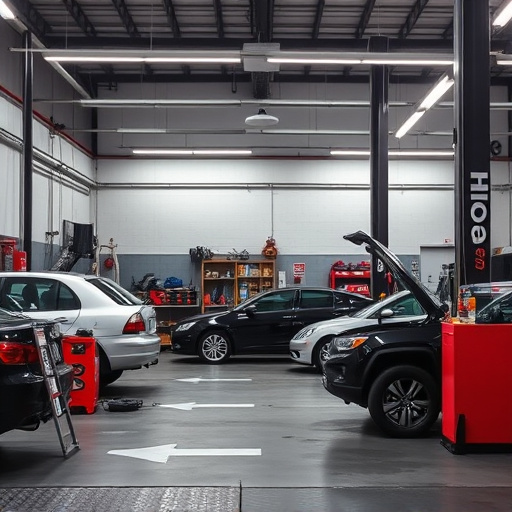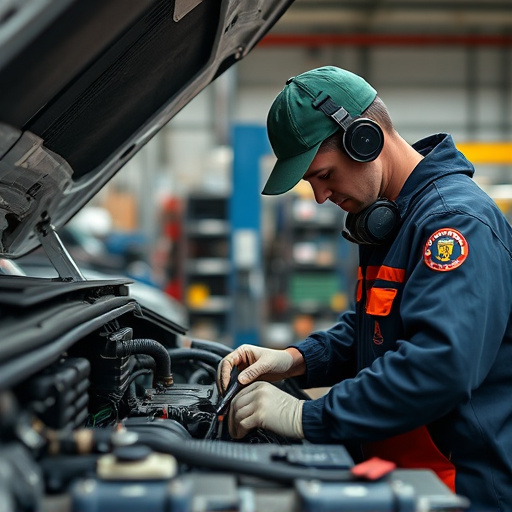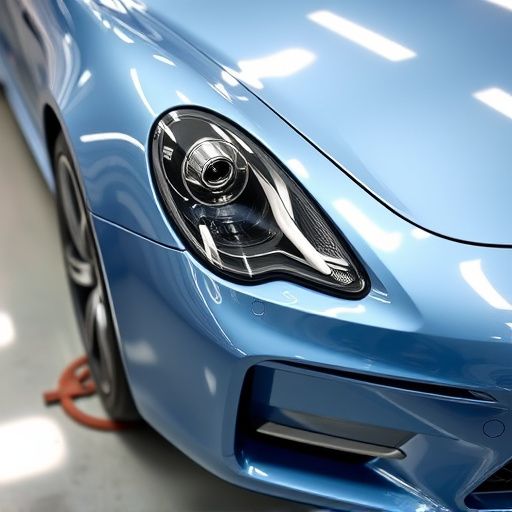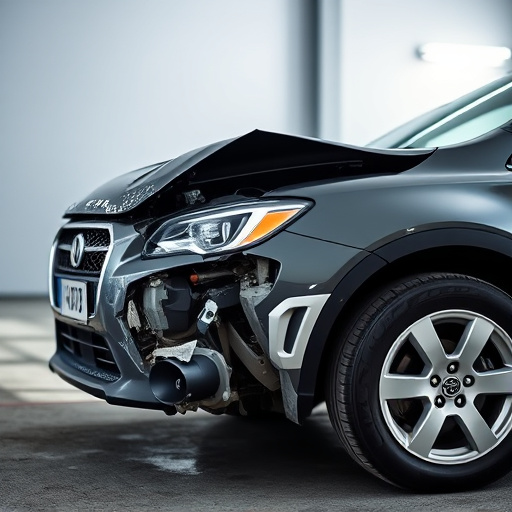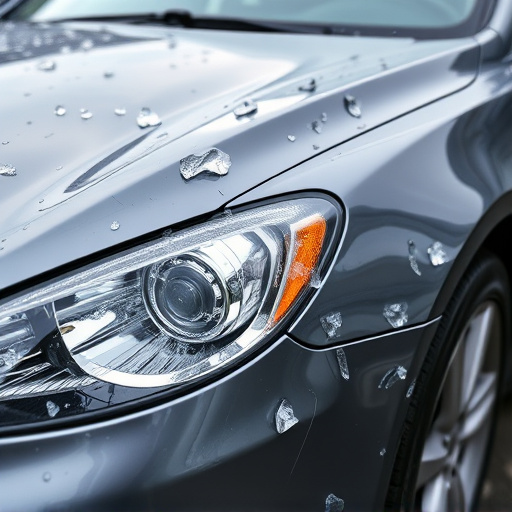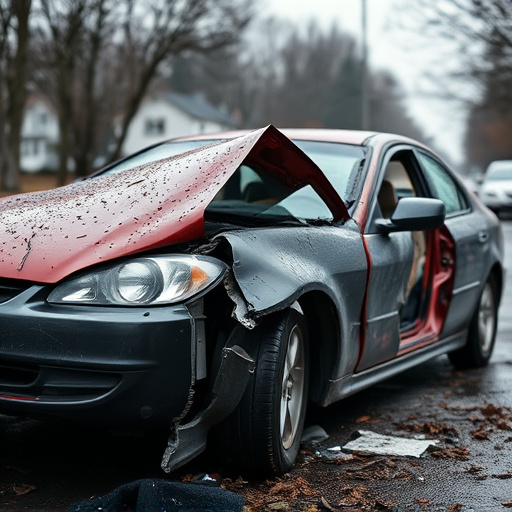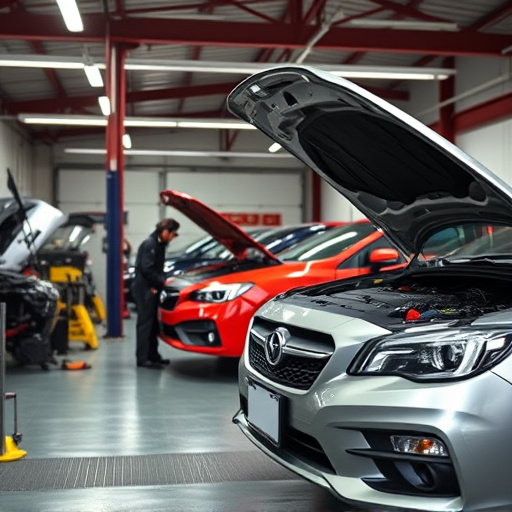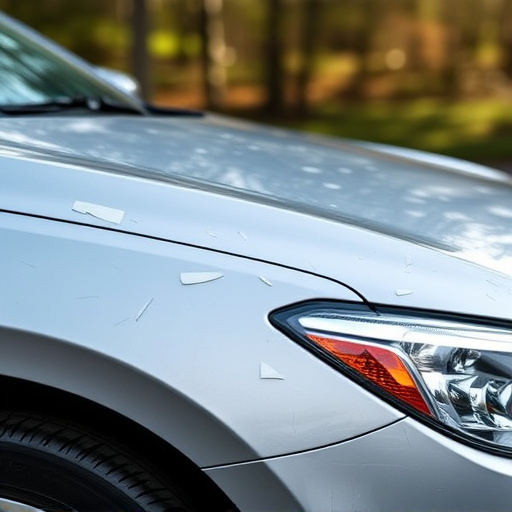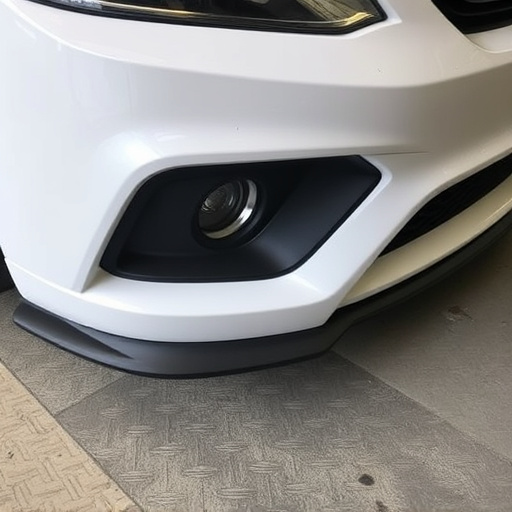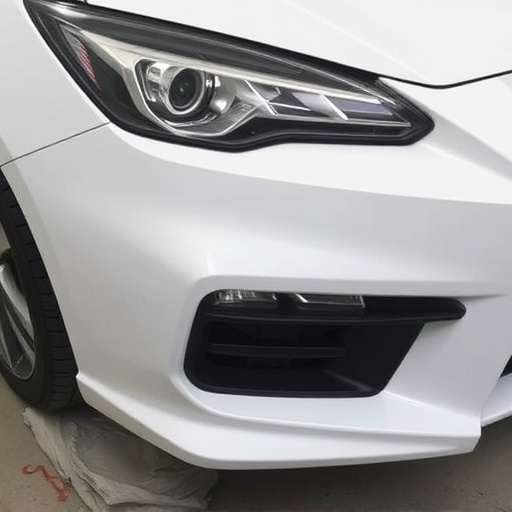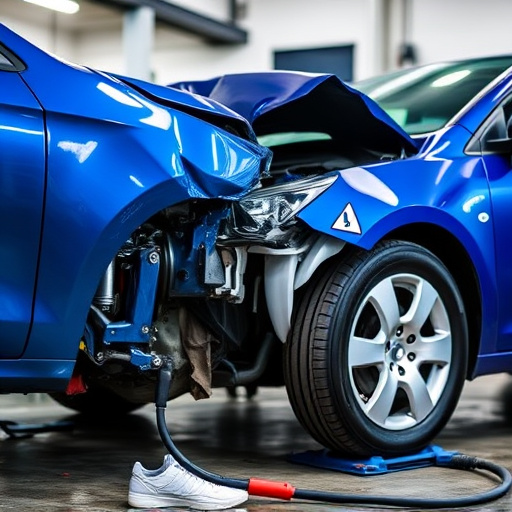Tesla's advanced suspension systems require careful consideration after lowering for optimal handling and safety. Precision suspension alignment mitigates decreased ride comfort, increased noise, and potential steering issues. Specialized auto body shops offer services like dent repair and realigning components to maintain optimal vehicle dynamics. Correct suspension alignment ensures safe and intended handling for your lowered Tesla, addressing camber, toe, and caster angle adjustments.
After lowering your Tesla, proper suspension alignment is crucial for optimal performance and safety. This comprehensive guide delves into the intricacies of Tesla suspension systems, exploring their unique components and basic functions. We examine the effects of vehicle lowering, highlighting both benefits and drawbacks, along with initial alignment considerations. Additionally, we provide a step-by-step realignment process to ensure your modified Tesla handles precisely on the road. Maximize your lowered Tesla’s potential with our expert advice on Tesla suspension alignment.
- Understanding Tesla Suspension Systems: Components and Basics
- The Impact of Lowering a Tesla: Pros, Cons, and Initial Alignment Considerations
- Step-by-Step Guide: Realigning Your Tesla After Lowering It
Understanding Tesla Suspension Systems: Components and Basics
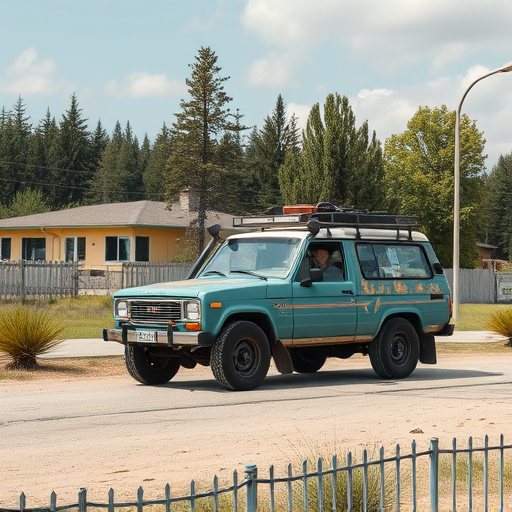
Tesla suspension systems are engineered for both performance and comfort, incorporating advanced technology to deliver a smooth yet responsive ride. At their core, these systems include components like shock absorbers (or dampers), springs, control arms, and struts, working in harmony to manage vehicle height, weight distribution, and road irregularities. After lowering your Tesla, understanding these basic elements and their interplay is crucial for maintaining optimal handling and safety.
When it comes to Tesla suspension alignment following luxury vehicle repair or even automotive body work due to collision damage repair, precision is key. Even minor adjustments in wheel alignment can significantly impact the vehicle’s stability, steering accuracy, and tire wear. Therefore, when lowering your Tesla, consider consulting with professionals who specialize in both electrical vehicles (EVs) and high-performance cars to ensure a safe and well-aligned ride for years to come.
The Impact of Lowering a Tesla: Pros, Cons, and Initial Alignment Considerations

Lowering a Tesla can significantly impact its handling and aesthetics, offering both advantages and potential drawbacks. Pros include improved performance, a lower center of gravity, and a more aggressive stance, enhancing cornering and reducing roll during sharp turns. This modification also allows for greater customization and can make the vehicle stand out from the crowd. However, cons such as reduced ride comfort, increased noise levels, and potential handling issues must be considered. A lower vehicle may experience stiffer suspension, resulting in a rougher ride over uneven surfaces, especially if not aligned correctly afterward.
When lowering your Tesla, initial alignment considerations are crucial. It’s recommended to visit an auto body shop specializing in such modifications to ensure precise adjustments. The suspension alignment should account for the change in height and weight distribution. Auto body services that offer dent repair and other customization options can also assist in realigning components like control arms, camber plates, and toe links to maintain optimal vehicle dynamics. This process is vital to prevent uneven tire wear, steering issues, and potential safety hazards, ensuring your Tesla handles as intended after the lowering modification.
Step-by-Step Guide: Realigning Your Tesla After Lowering It
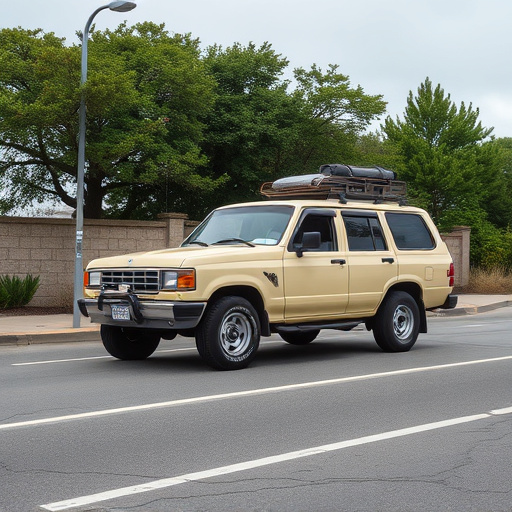
After lowering your Tesla, a proper Tesla suspension alignment is crucial to ensure optimal handling and safety. Here’s a step-by-step guide to help you realign your vehicle. First, park on a level surface and engage the parking brake. Next, use a wheel aligner or a set of alignment tools to adjust the steering and suspension components. Start by checking and adjusting the camber, which is the angle of the wheels relative to the road. Then, tweak the toe, which controls how parallel the wheels are to each other. Finally, check the caster angle for proper steering geometry.
For a detailed approach, begin with a thorough inspection of your Tesla’s suspension components, looking for any signs of damage or misalignment from the lowering process. If you encounter hail damage repair or car body restoration issues, consider seeking professional auto body services to address these before realigning. Once all parts are in order, use your alignment tools to make precise adjustments according to Tesla’s recommended specifications. This meticulous process ensures that your lowered Tesla handles smoothly and securely on the road.
Lowering your Tesla can enhance its performance and aesthetics, but it’s crucial to understand the implications for your vehicle’s suspension alignment. By following a step-by-step guide and considering initial adjustments, you can ensure optimal handling and safety. Regular maintenance and realignment after lowering are essential to preserve your Tesla’s dynamic driving experience and overall vehicle health. Remember, proper Tesla suspension alignment is key to navigating both city streets and winding highways with confidence.
